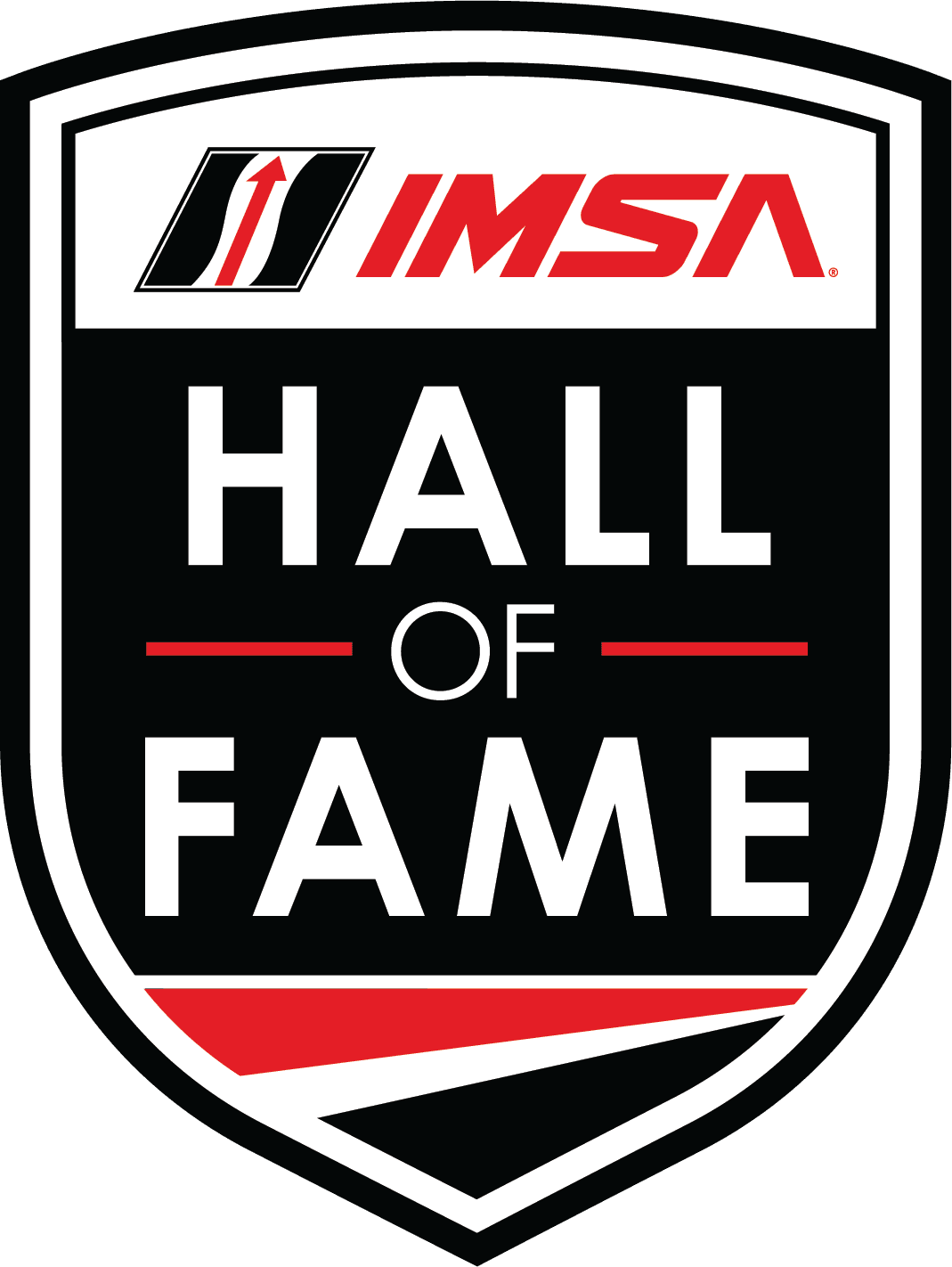Peter
Gregg
BORN:
1940
HOMETOWN:
New York,NY
INDUCTED:
2023
POSITION:
Driver
CAREER:
1964-1980
Peter Gregg
By H.A. Branham
Regarding the remarkable sports car racing career of Peter Holden Gregg, it is vital to know, foremost, that his accomplishments stand on their own despite a certain high-profile partnership that made IMSA history. There was a lot more on his résumé than races with the great Hurley Haywood.
Gregg – IMSA’s first true rock star – was great in his own right. See the “CV” material below:
· Harvard graduate
· An Air Intelligence Officer in the U.S. Navy
· Six IMSA Class Championships
· Four Rolex 24 At Daytona victories
· 1973 Mobil 1 Twelve Hours of Sebring victory
· Purchased Brumos Porsche in Jacksonville and started a legendary business
· Acquired the nickname “Peter Perfect”
Here’s the thing: Gregg, remembered most for his success at Daytona co-driving with his one-time protégé Haywood, was not your regular endurance racer. Not even close. He was equally adept or better in shorter events, and close-quarters racing.
In the 1970s, he was a monster both in IMSA and the rough-and-tumble SCCA Trans-Am Series. After an IMSA GTU championship in 1971 came three straight GTO titles from ’73-75 … and GTX crowns in ’78-79 … Trans-Am championships in 1973-74 ... His first Rolex 24 victory and his sole Sebring victory in ‘73.
Iconic stuff – in iconic rides. Gregg rolled in No. 59 Brumos Porsches, red, white and blue rolling billboards for the dealership – and Gregg’s legend.
The New York native actually hinted at retirement in 1973 after winning the Rolex 24 for the first time, with Haywood. Post-race, he announced he would run a limited schedule going forward.
“It’s not my goal to become famous in racing,” Gregg said unconvincingly.
It was too late, and after the fuel crisis-marred 1974 season he returned in ‘75 in fine form, en route to his other three 24-hour victories in ‘75, ’76 and ’78.
In ’75, Gregg teamed with Haywood for their second Rolex 24 triumph, in a Porsche 911 Carrera 911.
In ‘76, in a rare non-Porsche sports car run, Gregg co-drove a Brumos-sponsored No. 59 BMW E9 with Brian Redman. Their winged car, a testament to aerodynamic innovation, was called the “Batmobile.” The car flew to BMW’s first win at a U.S. racetrack, winning the Rolex 24 by 14 laps.
And in ’78, the last victory came as a Porsche 935 relief driver, technically. Brumos entered two 935s, with Gregg starting in the No. 59 on his two-car Brumos Porsche team. That car finished ninth after mechanical issues. During the night hours, Gregg drove a brief but significant stint in the No. 99. It was long enough to qualify him as a co-driver and later that day, as a champion for the fourth time.
Gregg declined to join teammates Rolf Stommelen and Toinze Hezemans on the podium. “They deserve the credit,” Gregg said. “It was their victory. They did all the work … I helped out a little in the night…”
Controversy descended, fueled by criticism both in and outside the garage. One top driver suggested the late-night laps were nothing more than a ploy for Gregg to further his stature in the record books via a relatively easy fourth victory. Gregg said his stint came about because Stommelen was feeling ill.
“A 24-hour race is like roulette; the one with the least problems, wins,” Gregg said.
There were other problems to come. They surely didn’t help Gregg’s long-running mental health struggles.
Sadly, Peter Perfect was anything but.
The 1980 season did not start poorly, but something was a bit askew. As summer approached, Gregg was winless, although he had posted four podium finishes. Times were changing in IMSA. The sanctioning body was growing rapidly as was sports car technology. New cars. New drivers. No longer were the Brumos cars – or Gregg himself – automatic favorites.
In June 1980, Gregg was preparing to race in the 24 Hours of Le Mans. Driving near Paris on the way to a practice session, he swerved to avoid another vehicle and crashed, flipping his car into a ditch. Initially Gregg seemed fine except for a bump on the head, but when doctors examined him after the wreck, he had vision difficulties. Le Mans did not allow him to race.
In the months after the accident, Gregg had lingering concussion-like symptoms. His last IMSA appearance was in November 1980 at Daytona where he qualified 11th but withdrew prior to the start, citing handling problems. Future competition was looking doubtful. Those close to Gregg said the reality of that situation affected him deeply. The accident may have shredded the self-assuredness Gregg had always displayed.
In Haywood’s view, the competitive fall-off combined with the injury resulted in Gregg’s “realization that the man other racers called Peter Perfect was no longer the best.”
Gregg committed suicide in December 1980, only nine days after marrying Deborah Marrs. He was 40 years old.
Photo Gallery



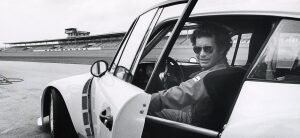






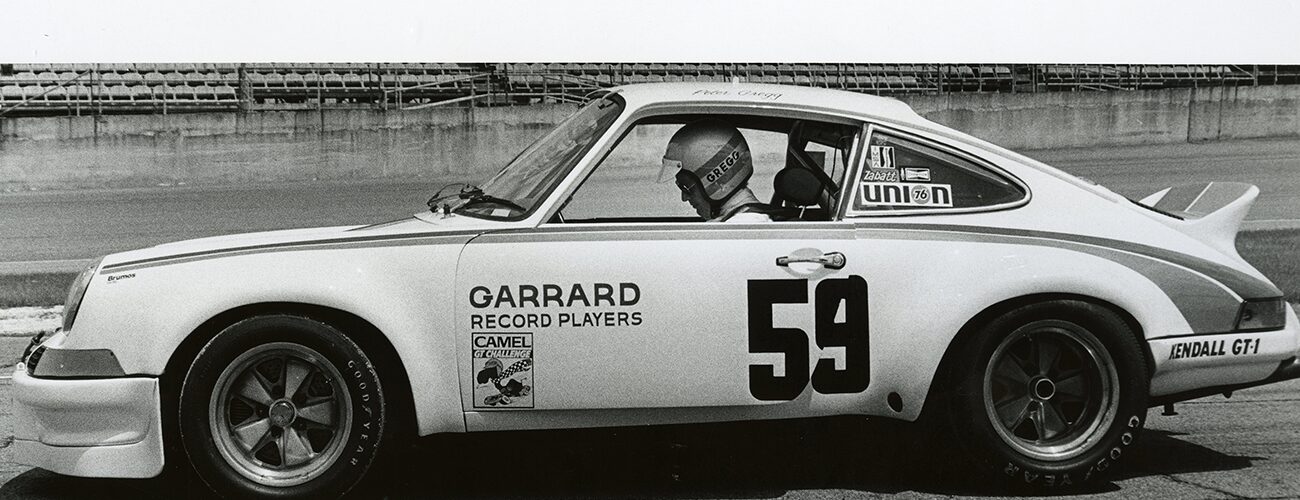
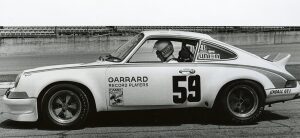


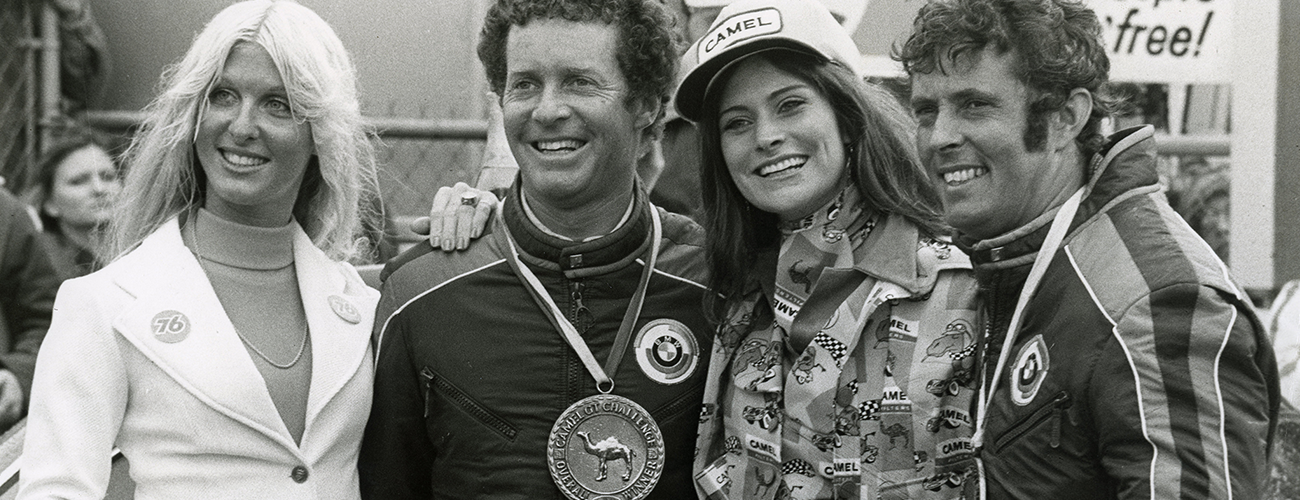












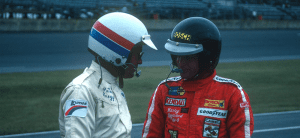



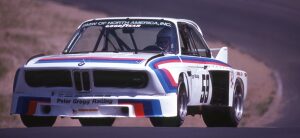
More Galleries
Peter Gregg
